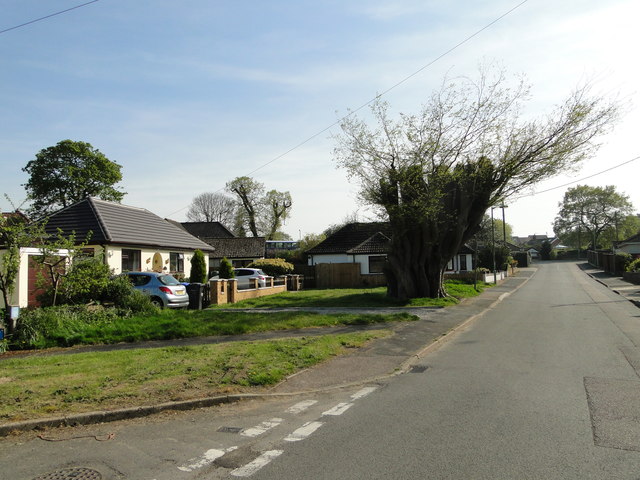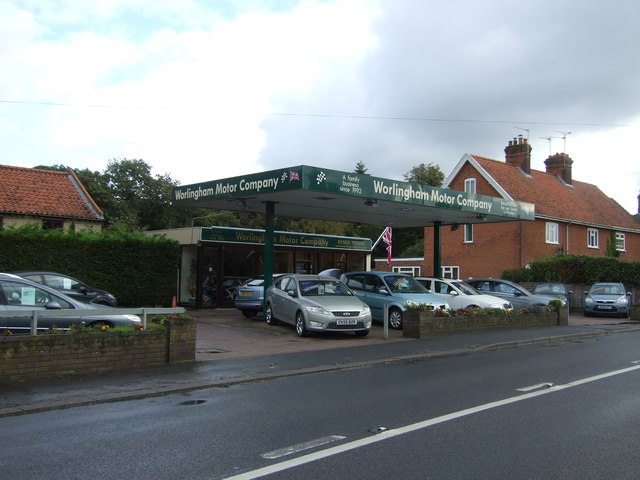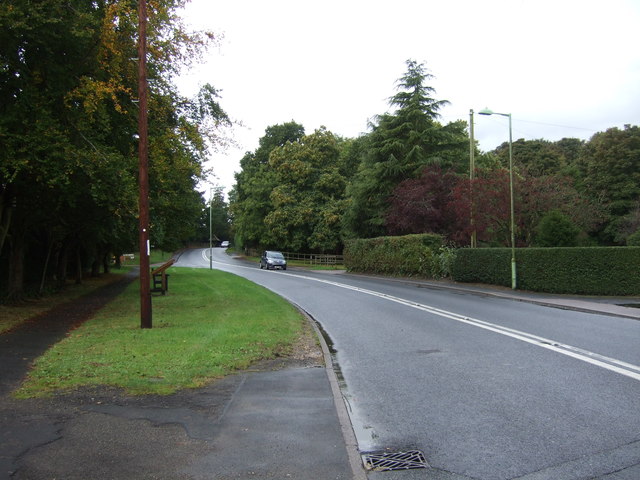Worlingham
Civil Parish in Suffolk East Suffolk
England
Worlingham
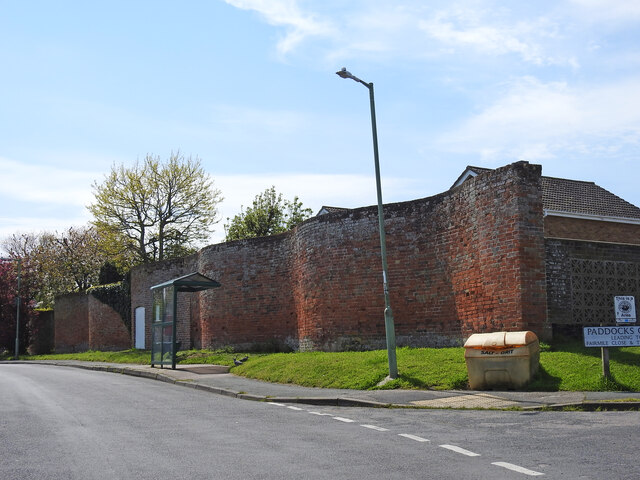
Worlingham is a civil parish located in the county of Suffolk, England. It is situated just 2 miles west of the market town of Beccles, on the southern bank of the River Waveney. The parish covers an area of approximately 6 square miles and has a population of around 2,000 residents.
Worlingham is known for its picturesque countryside, with rolling hills and open fields surrounding the village. It is predominantly a rural area, with a few scattered residential properties and farms. The village itself has a charming and peaceful atmosphere, with a mix of traditional and modern houses.
The parish is home to St. Mary's Church, a historic Grade I listed building that dates back to the 14th century. The church is a prominent feature of the village and attracts visitors for its architectural beauty and religious significance.
Worlingham has a strong sense of community, with various local amenities available for its residents. These include a primary school, a village hall, a pub, and a few shops and businesses that cater to the daily needs of the residents. The village also has several sports clubs and recreational facilities, including a cricket club and a football club.
The surrounding area offers plenty of opportunities for outdoor activities, such as walking, cycling, and boating. The nearby River Waveney is popular for fishing and boating enthusiasts, while the surrounding countryside provides scenic trails and paths for nature lovers.
Overall, Worlingham is a peaceful and idyllic rural parish, offering a tranquil lifestyle and beautiful natural surroundings for its residents.
If you have any feedback on the listing, please let us know in the comments section below.
Worlingham Images
Images are sourced within 2km of 52.464332/1.60029 or Grid Reference TM4491. Thanks to Geograph Open Source API. All images are credited.

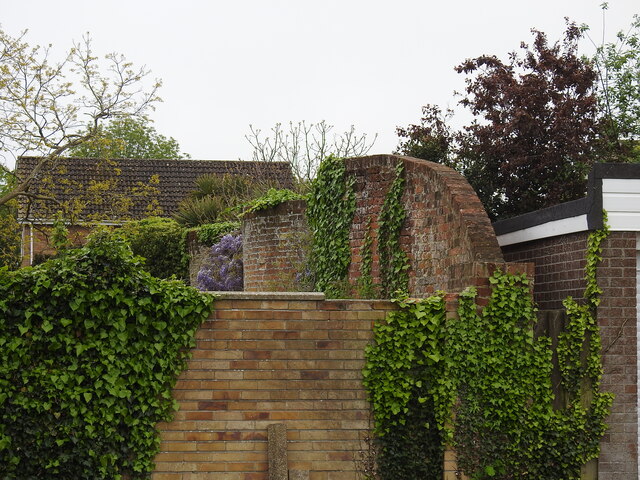
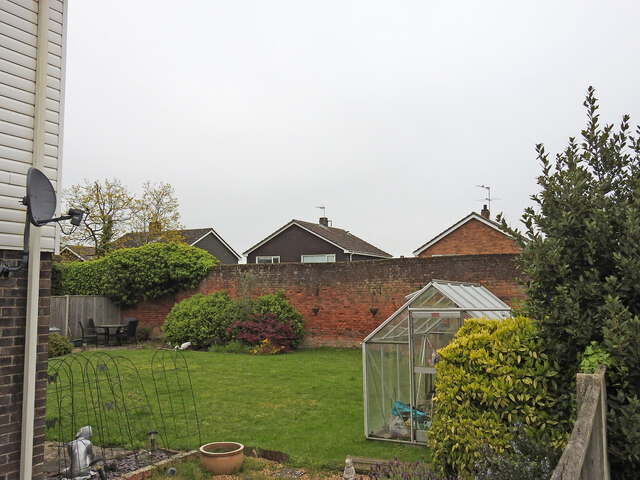




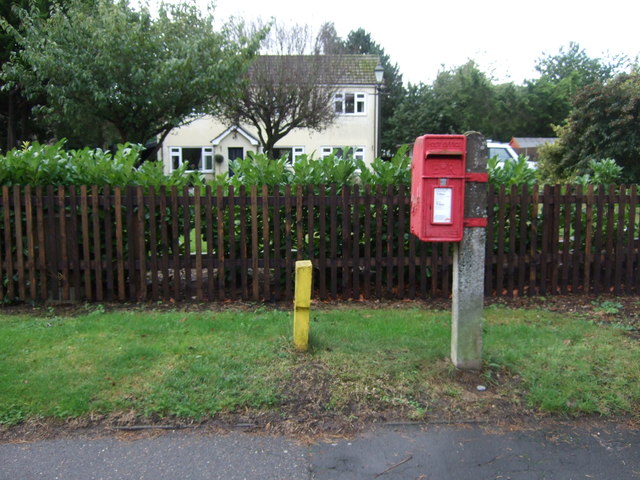
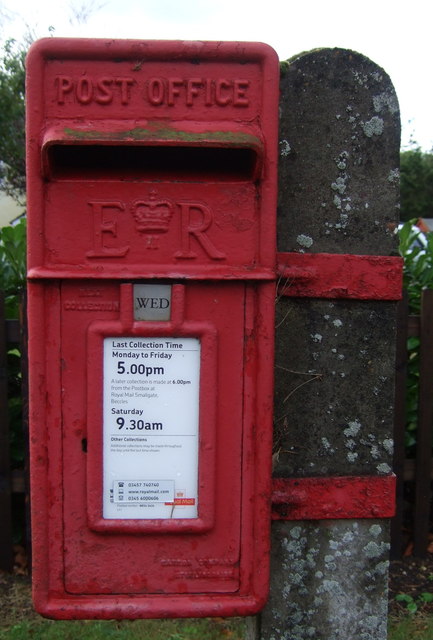
Worlingham is located at Grid Ref: TM4491 (Lat: 52.464332, Lng: 1.60029)
Administrative County: Suffolk
District: East Suffolk
Police Authority: Suffolk
What 3 Words
///darling.instructs.avoid. Near Beccles, Suffolk
Nearby Locations
Related Wikis
Worlingham Hall
Worlingham Hall is a Grade I listed Georgian country house in Worlingham, 1 mile (1.6 km) to the east of Beccles in the English county of Suffolk. The...
Worlingham
Worlingham is a village and civil parish in the East Suffolk district of the English county of Suffolk. It is about 1.3 miles (2.1 km) east of Beccles...
Stanley and Alder Carrs, Aldeby
Stanley and Alder Carrs, Aldeby is a 42.7-hectare (106-acre) biological Site of Special Scientific Interest east of Gillingham in Norfolk. It is part of...
Castle Marshes
Castle Marshes is a 71 hectare nature reserve west of Lowestoft in Suffolk. It is managed by the Suffolk Wildlife Trust. It is part of the Barnby Broad...
Nearby Amenities
Located within 500m of 52.464332,1.60029Have you been to Worlingham?
Leave your review of Worlingham below (or comments, questions and feedback).


